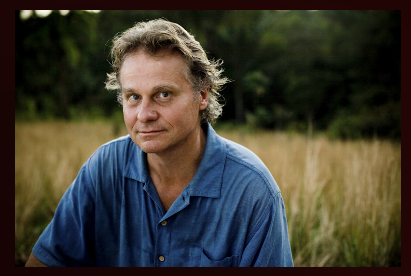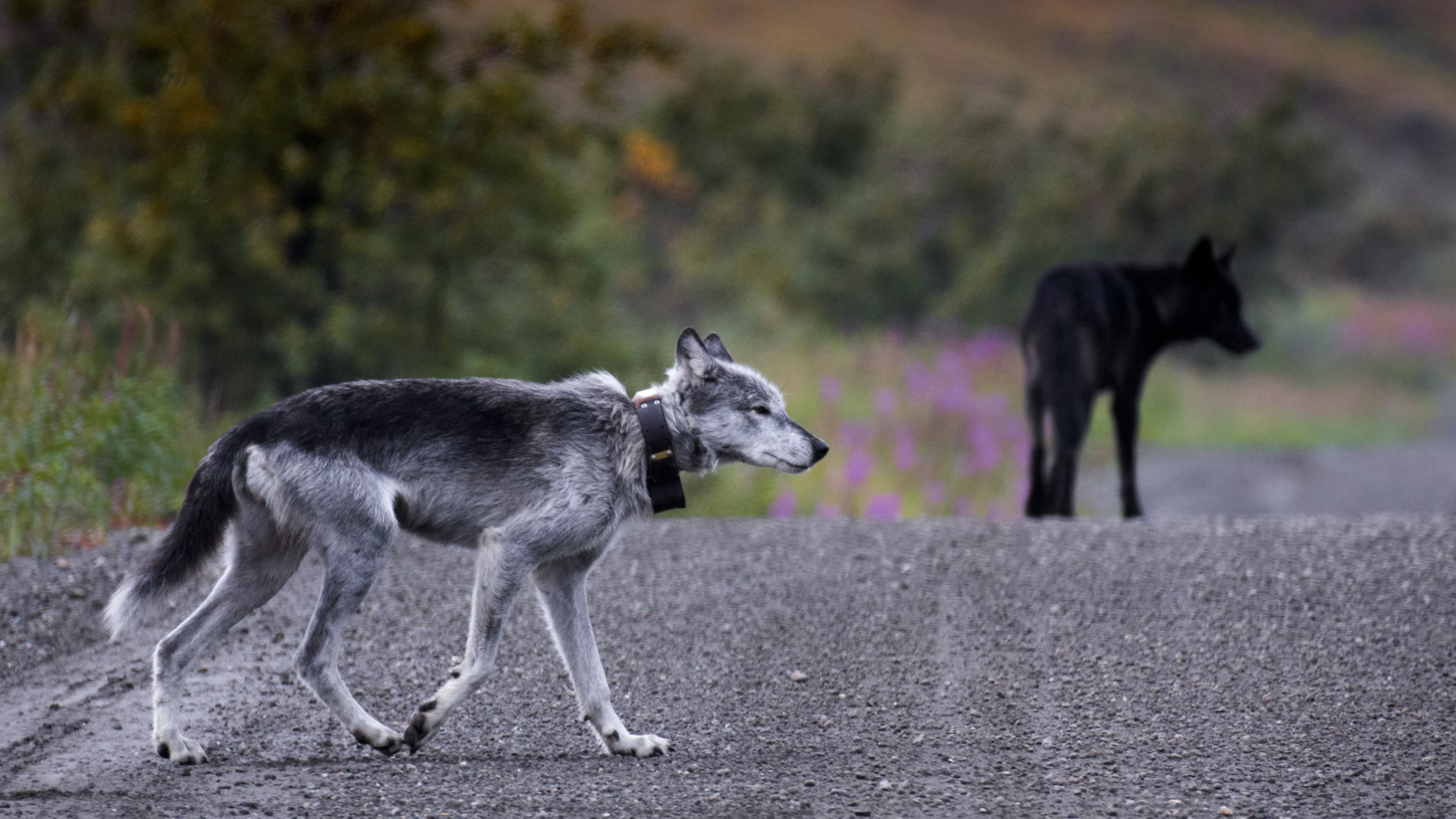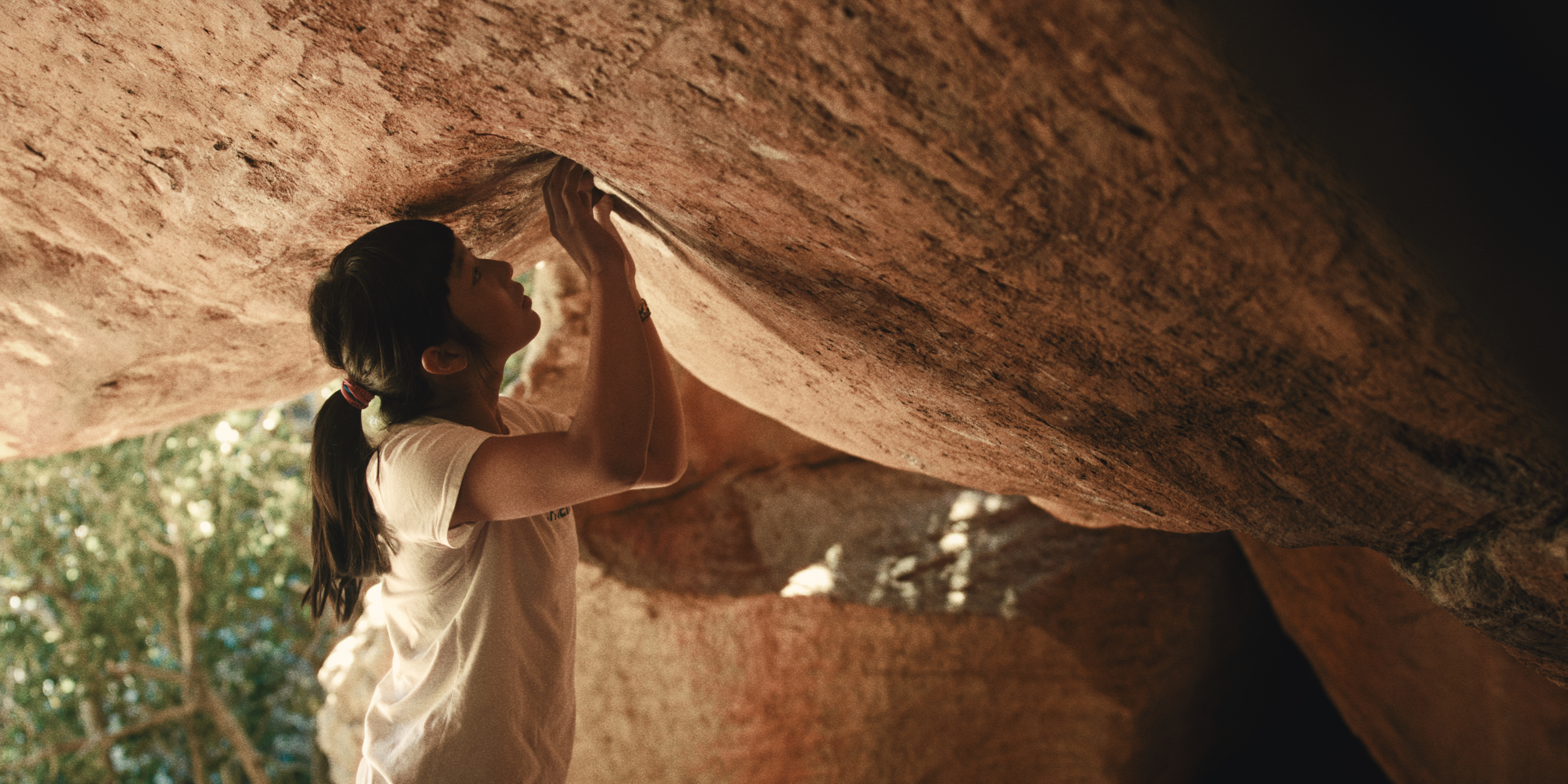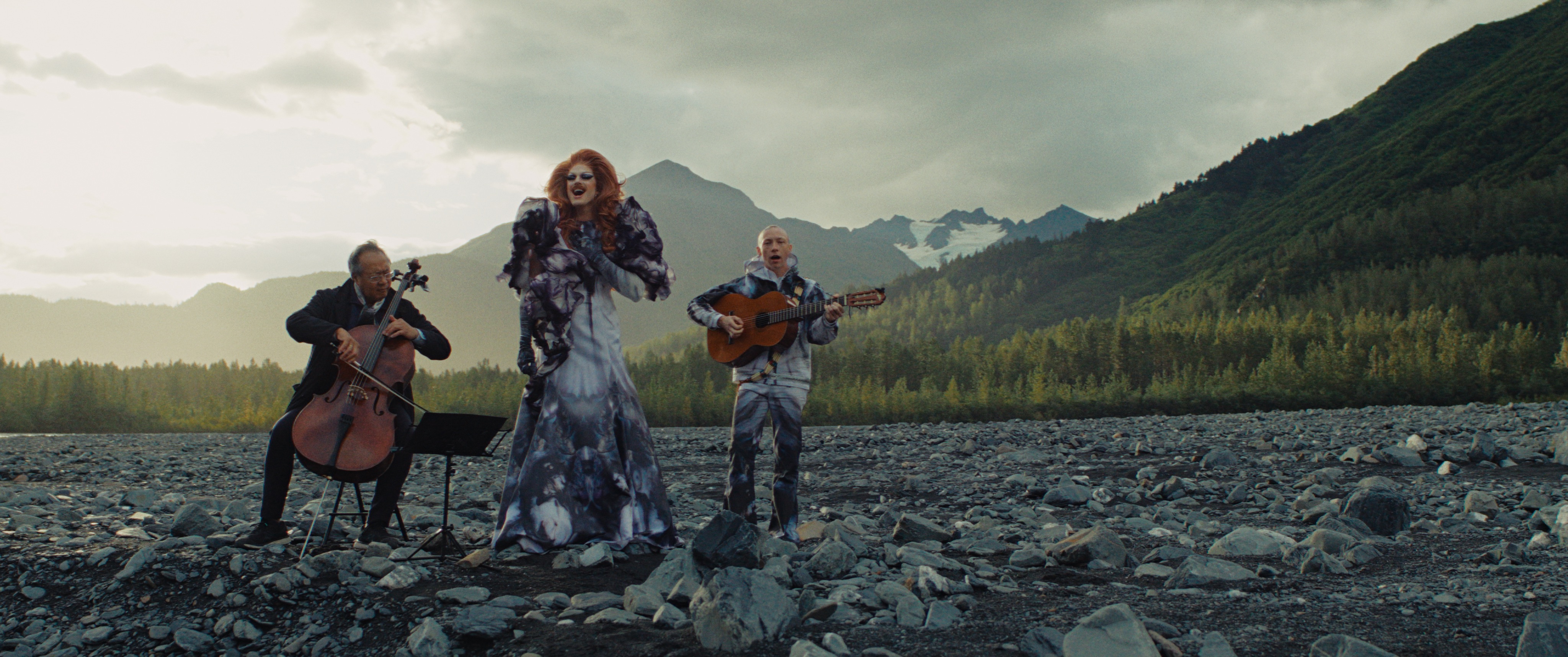
A Non-Existent Playing Field*
I first learned of Mountainfilm in 1995 when a film I had narrated, Cry of the Forgotten Land, an account of the plight of the Moi people of New Guinea, won the prize for best environmental film. The documentary was the work of my close friend and colleague, Ian MacKenzie, who remains a warmly regarded member of the Mountainfilm family. Thanks to Ian, I received an invitation in 1997 from Rick Silverman (festival director at the time) to speak about a new book, One River, a story of plant exploration and experimentation, and a biography of my mentor Richard Evans Schultes, the legendary ethnobotanist who sparked the psychedelic era with his discovery of the so-called magic mushrooms in Oaxaca in 1938. Needless to say, in Telluride the talk was a hit!
Since then, I have returned almost every year, making a dozen appearances on stage to share one story or another or to screen films, ranging from Greg MacGillivray's thrilling IMAX production, Grand Canyon Adventure; to Carol Black's hilarious send up of the developers, The Lost People of Mountain Village; to more sober efforts celebrating the wonder of culture, The Buddhist Science of the Mind, featuring Matthieu Ricard; or Sacred Geography with Johan Reinhard and Nilda Callanaupa, all long time friends of the festival. These annual visits took on the feeling of a seasonal migration, a homecoming, with each successive year offering a chance to share with a growing circle of friends and colleagues where we had travelled, what we had been thinking and most especially what we had been creating in the intervening months since the last gathering.
Almost every year I returned having written a new book or having finished a documentary film. In an unexpected way, these appearances became defining benchmarks in my professional life. At Mountainfilm I first introduced The Sacred Headwaters, an account of our fight to save the headwaters of the Skeena, Stikine and Nass, the three great salmon rivers of British Columbia. Of the eight films I wrote and produced for the National Geographic in the series “Light at the Edge of the World,” the main focus of my work as an anthropologist and explorer-in-residence, at least three premiered at the festival. Into the Silence, a book on Everest that consumed 12 years of my life, was also presented to the public for the first time at Mountainfilm and to an audience that included the very world class climbers who, in one way or another, had inspired me during the long years of research, friends I had met at Telluride, such as Conrad Anker, David Bearshears, Ed Webster and Pete Athens. Men who were never far from my mind as I wrote of George Mallory.Perhaps one can already see a pattern emerging that touches upon the heart of the Mountainfilm experience. In a real sense there is no separation between those presenting from the podium and those in the audience, which invariably includes many of those featured in the very stories celebrated from the stage. This is what makes Telluride unique and so wonderful. There is something about that valley, certainly, over the four days of the festival that leads everyone to check egos at the canyon wall. As a result, even the most illustrious of presenters come to town as equals. And this creates an atmosphere that all but the most stubbornly self-absorbed embrace with delight. One is allowed to relax and find comfort on a playing field that is not as much level as nonexistent. At Mountainfilm, overt displays of vanity and pride are as welcome as a winter's gale on a summer's day.
I don't know what first inspired this spirit, nor do I understand the alchemy that has allowed it to persist over these many years. Was it the irascible Rick Silverman, the ultimate impresario? Or the wild river sprite Arlene Burns who held the rudder through difficult times, knowing full well that she was in a place not quite of her imaginings? And then the steady hand of David Holbrooke, inheriting a complex legacy, infusing it with focus and discipline, expanding its boundaries to include anything that was great and wondrous, if executed with precision, excellence, compassion and devotion.As we celebrate the 35th anniversary, we also give credit to executive director Peter Kenworthy, therest of the festival staff and volunteers, indeed the entire town of Telluride, who have worked to forge this amazing legacy that is Mountainfilm. The spirit and joy they infuse into every Memorial Day weekend guarantees that the camaraderie generated does not dissipate when the festival ends. The energy of Mountainfilm lives on throughout the year, morphing into deeper friendships, and plans and schemes for adventure, exploration and creation.
It would be a disservice to say merely that Mountainfilm changed my life, for in fact the festival forged it, as if an active partner in the generation of destiny. I was recruited to the National Geographic Society because Rebecca Martin, constant friend and supporter of Mountainfilm, heard me speak about language loss and the haunting erosion of cultural diversity. At Mountainfilm I first met Chris Rainier, who became my closest colleague at the NGS for more than a decade. Indeed virtually all of my friends of recent years I first met at Mountainfilm — Johan Reinhard, Bart Lewis, Rick Ridgeway, the late Galen Rowell, the incomparable Gretel Ehrlich, Ed Bernbaum and so many more. So I send you in this very special year my thanks and my sincere hopes that the spirit of Mountainfilm will live on for decades to fire the hearts of the scores of unknown explorers, filmmakers, writers and storytellers still waiting to be born.
—Wade Davis
*This year will mark Mountainfilm's 35th festival, and we feel fortunate to still be going strong. We owe our longevity to many people: volunteers, staff, audiences and, of course, many filmmakers, artists and guests. Some people who have taken the stage have helped shape Mountainfilm in Telluride. To celebrate their longtime involvement, we asked a few of these creative types to write something about their relationship with Mountainfilm. This blog by ethnobotanist and National Geographic Explorer-in-Residence Wade Davis is the ninth (and last) in this series.


